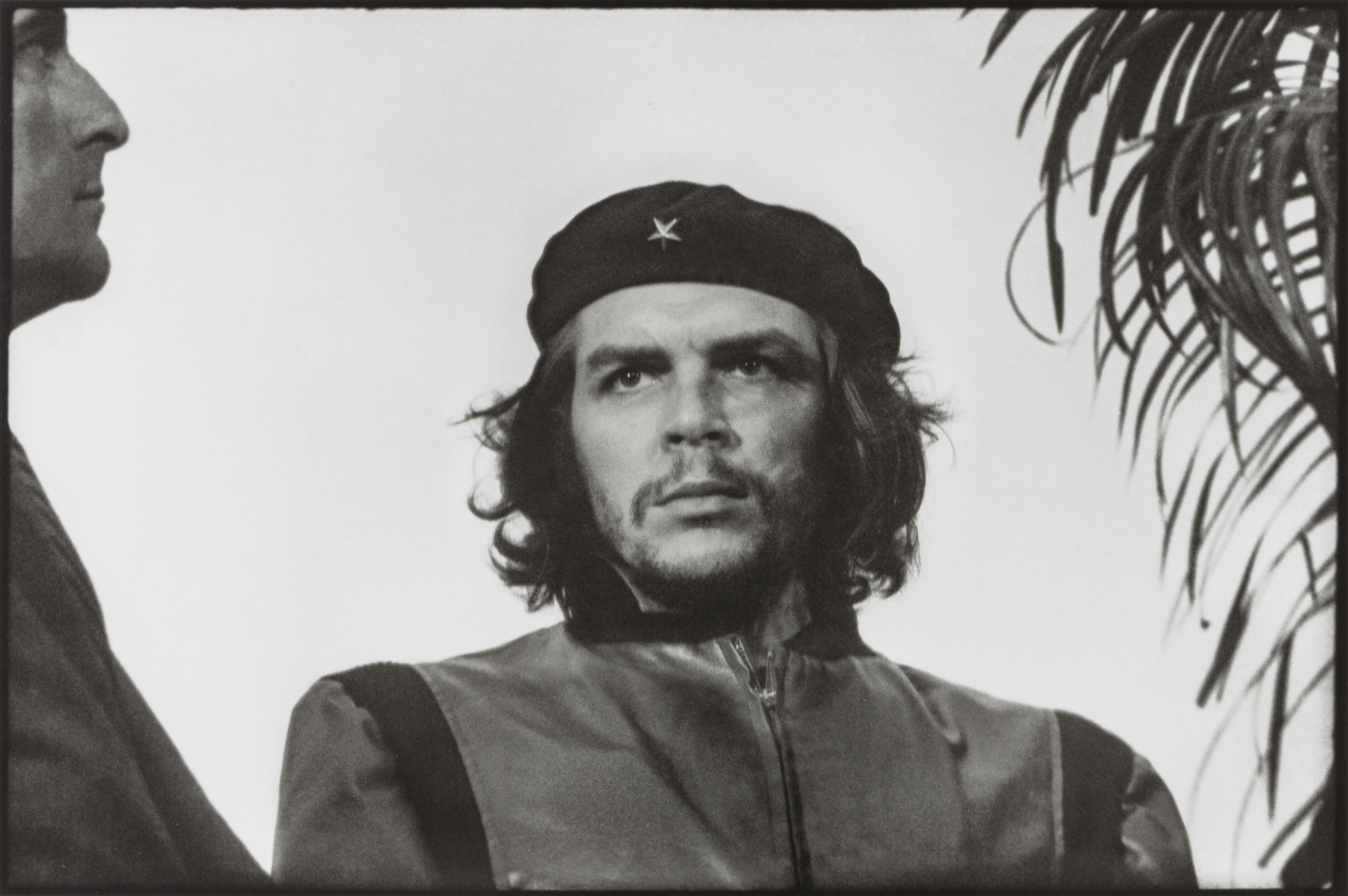BOMB Magazine: Tod Papageorge by Richard B. Woodward
RW Are the mistakes that your students are prone to now the same mistakes that students were prone to when you were teaching back in the late ‘60s?
TP No. I think now that, in general—and this includes a lot of what I see in Chelsea even more than what I see from students at Yale—there’s a failure to understand how much richer in surprise and creative possibility the world is for photographers in comparison to their imagination. This is an understanding that an earlier generation of students, and photographers, accepted as a first principle. Now ideas are paramount, and the computer and Photoshop are seen as the engines to stage and digitally coax those ideas into a physical form—typically a very large form. This process is synthetic, and the results, for me, are often emotionally synthetic too. Sure, things have to change, but photography-as-illustration, even sublime illustration, seems to me an uninteresting direction for the medium to be tracking now, particularly at such a difficult time in the general American culture. All in all, I think that there’s as much real discovery and excitement in the digital videos that my students at Yale are making as there is in the still photography I see either there or in New York, perhaps because the video camera, like the 35 mm camera 30 years ago, can be carried everywhere, and locks onto the shifting contradictions and beauties of the world more directly and unselfconsciously than many photographers now seem to feel still photography can, or should, do.
...
RW Well, the other book you have coming out next year, the sports pictures from 1970, published by Aperture, are even more about crowds and spectators. But what struck me as I was looking at them on disk last night is that all the people look as if they’re on the margins. Even if you’re photographing the star quarterback or pitcher, the wide-angle lens spreads and compresses everything: it’s such an equalizer. No one person really can be more important than any other. It’s a very democratic way of photographing.
TP I’m glad you brought that up because the project was to a certain degree an aesthetic experiment. Virtually all of it was done with a 28 mm lens, a very wide-angle lens. So as much as the pictures are almost desperately about something—the violently disturbed American spirit at the time of Vietnam—they were also about trying to “fill a cup up to the brim / and even above the brim,” as Frost put it. I think the project works both as a strong set of pictures and as the description of an intense experience: I wouldn’t want you to believe that it’s simply a kind of visual aftereffect of being out in the world using a particular lens. But a good part of what I was playing with was metaphorically throwing this very small wide-angle lens at a world in breakdown to see if, picture after picture after picture, I could make something that was dense and coherent at the same time. So you could say that the work was the result of a calculation—not a calculation that assumed there would be successful results, but one that assumed, in fact, that there probably wouldn’t be.
RW That’s the thing about a 28. Even if you’re photographing one person—
TP Well, I almost never did.
RW But even if you were! If you were photographing the starting quarterback, the 28 spreads out space so he would not appear to be this grand, heroic figure. Everyone is shrunken and the same, sort of mushed down. I love those pictures, and I love that kind of aesthetic, because everyone’s a player.
TP Right. Like you and me.
...
RW You said the goal with Garry always was process. Not exhibition, gallery shows, or sale of prints. Did you absorb that mentality pretty much?
TP This may go way back to your first question: why no book until now? I don’t photograph for exhibition, but to engage in this process of understanding photography itself. I started to photograph because poetry was impossible for me, not realizing that photography was at least as difficult, and also not anticipating how, as with poetry, that difficulty can, in itself, create an addiction in those people who see this kind of creative test as something monumentally attractive. We all have to deal with our strengths and weaknesses, and while I guess my strength is my willingness to engage repeatedly with this deeply difficult problem of making coherent pictures, my weakness is an equally strong tendency to want everything in my pictures to be part of a perfect web—not a very healthy or often-satisfied ambition when trying to clarify such complex chunks of the visual world. But that’s my problem, and maybe something I can’t escape.





